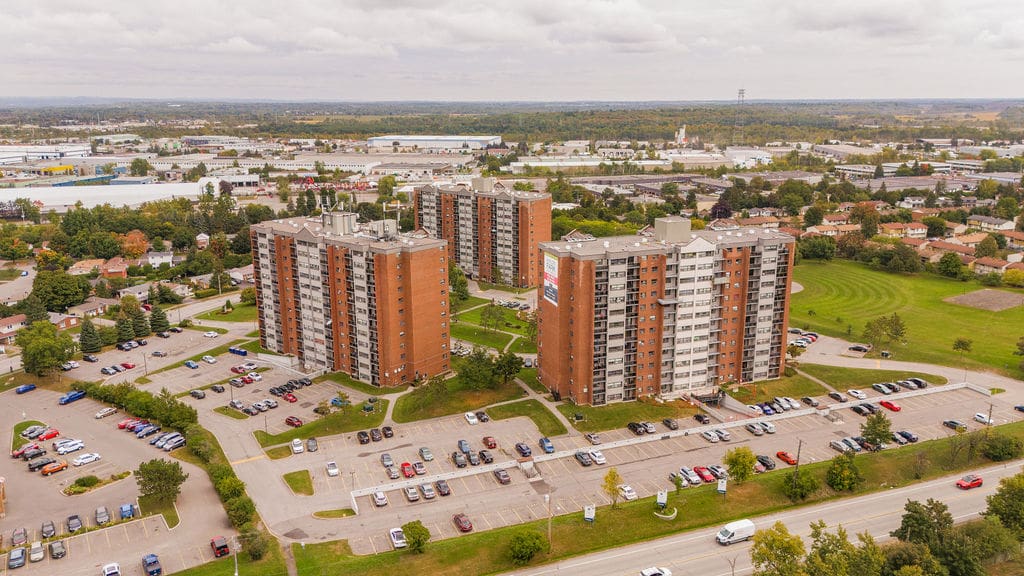Why Value Engineering Is Essential for Budget-Conscious Commercial Developments

Property development is a major financial undertaking, but there’s a strategy to relieve investors and owners of that stress. Value engineering (VE) is a systematic construction process that serves as the cornerstone for reducing construction costs without compromising quality. This is a game-changer for commercial construction projects. This blog will cover the systematic value engineering process and its primary benefits in commercial developments.
What Value Engineering in Construction Really Means
The construction industry defines value engineering as the method of balancing costs with quality. This doesn’t mean aim for cheap materials or cutting costs, but instead inspect each item, or function with its expenses, and determine the function-to-cost ratio.
| Function | Original Option | VE Alternative | Savings and Outcomes |
| Lighting | Fluorescent lamps | LED replacements | LEDs were found to be 18% to 44% more energy efficient than T8 fluorescent lamps in a University of Michigan study. This results in higher cost savings over time. |
| Cladding Siding | Vinyl or fibre cement siding | Manufactured stone veneer | According to a report, manufactured stone veneer replacement recoups a higher percentage of its cost (153%) at resale than fibre cement (88%) or vinyl siding (80%). |
Integrating VE within construction projects reports nearly 25% in cost savings, as stated in the Journal of Construction Engineering. They also noted that VE improved collaboration and efficiency. Leveraging the function-to-cost ratio, construction teams can implement alternative methods or materials during the design phase to enhance the project’s value.
The Engineering Process: From Design Phase to Development Phase
VE is a joint effort between architects, engineers and contractors to align project goals with stakeholder expectations. Teams should follow these six basic steps in value engineering:
- Information Gathering: Identify the project’s scope and collect data to better understand, such as materials, schedules, costs, designs and specifications.
- Function Analysis: Break down project elements into two functions, primary functions (essential) and secondary functions (non-essential but desirable), to identify what drives value.
- Creative Speculation: Brainstorm multiple alternative solutions to achieve the same functions. Drafting all potential ideas before slowly eliminating weaker ones.
- Evaluation: Compare alternatives by assessing performance, feasibility, owner expectations, and potential ripple effects on other project areas.
- Cost Analysis: Compare the cost of each alternative, both upfront and over the building’s lifespan, for best long-term success. This step compares the cost of the following:
- Original design
- Higher upfront costs, but reduced expenses over time
- Lower upfront costs, but higher expenses down the line
- Presentation: Refine project timelines and resources with the best alternatives, via sketches, models, and cost validations, then prepare recommendations for owner approval.
Value engineers play a key role in guiding the team’s efforts and streamlining collaboration among stakeholders. They play a vital role during the design phase, but can also assist during the construction phase.
Beyond the Blueprint: Lasting Value for Stakeholders
Value engineering goes beyond cost savings; it creates efficient, sustainable, and high-quality developments. For budget-conscious projects, this method ensures smart decisions are made early, reducing risks and maximizing returns. With collaboration and careful planning, VE transforms financial pressure into long-term investment confidence. To learn more about CLV Group’s own development approach, view our Development page here.






